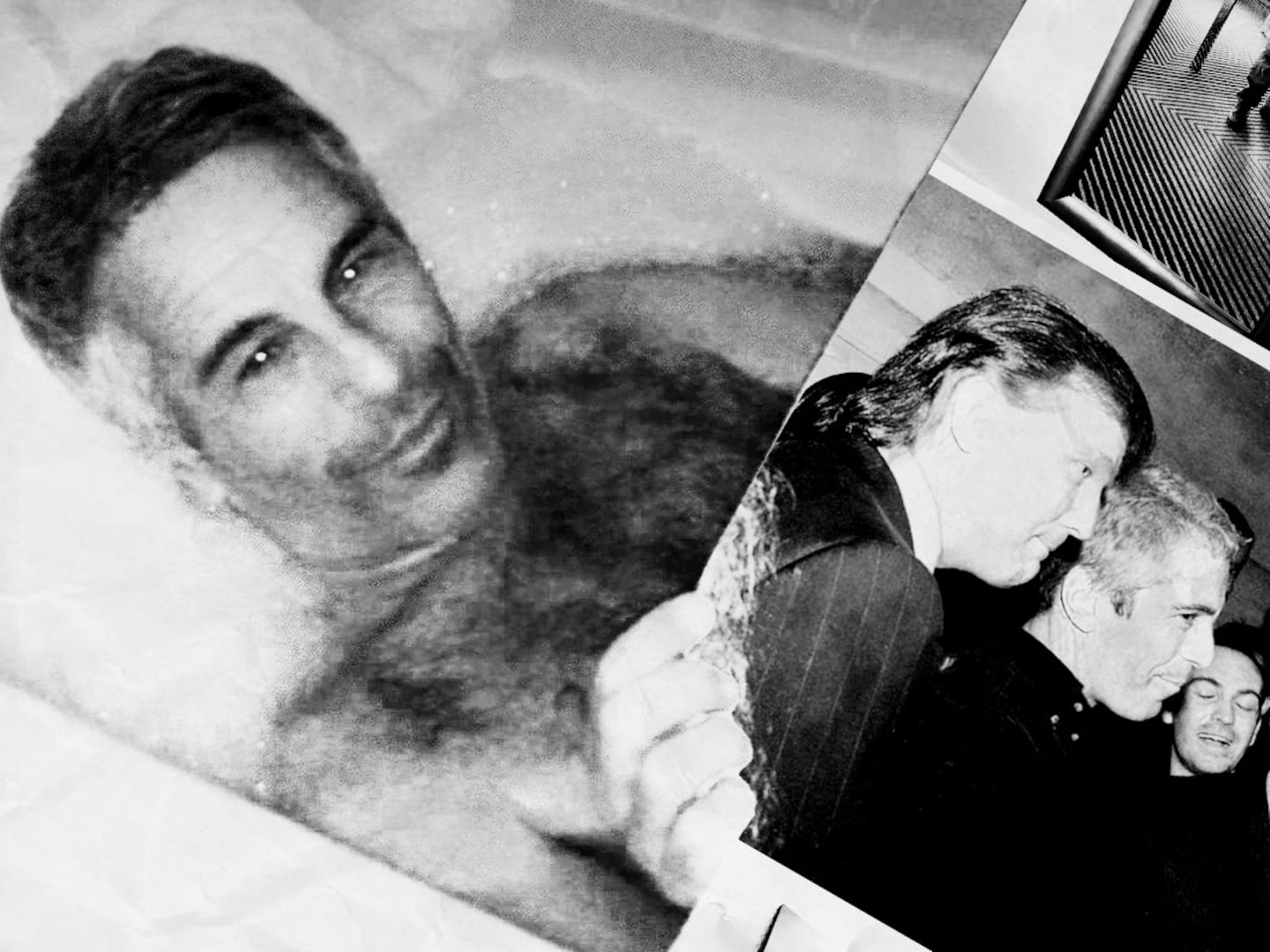
The photographer Robert Capa took one of the most enduring images of war—the Allies’ D-Day landing at Omaha Beach during World War II—and created an enduring legacy by co-founding the agency Magnum. The fearlessness he possessed and the realities and effects of war, on and off the battlefield, that he captured secured Capa as a master of black-and-white photography during the first half of the twentieth century.
But what is less well-known, due to his legendary black-and-white shots, is that Capa was an equally assured color photographer as an exhibition at New York’s International Center of Photography (ICP) is set to reveal.
The Hungarian photographer was born Endre Friedmann in Hungary in 1913. Seeking a career as a writer, the young Friedmann left home for Germany at the age of 18, but soon found work as a photographer and grew to love the occupation. However, due to the persecution of Jewish citizens that was beginning to spread, Friedmann decided to conceal his identity, changing his name to “Robert Capa,” and moved to France.

With the American sounding name, Capa was able to quickly gain employment under the assumption he was the “great American photographer, Robert Capa,” and kick started his career. His first published photographs of Leon Trotsky’s “The Meaning of the Russian Revolution” speech in 1932 set a tone for the works he would produce over the next two decades.
The image of the Allies’ D-Day ascent on the beaches of Omaha, France, gave the world an insider’s look on the pivotal moment that led to the end of World War II. His collaborations with American writer John Steinbeck in Russia and Irwin Shaw during the founding days of Israel have been widely praised. The 1936 image, Falling Soldier, that allegedly shows a militiaman falling to his death moments after being shot, has been one of his most famous and most debated photographs (it is said to have been staged) of his time.

“Capa is a mythic figure,” Cynthia Young, the ICP show’s curator, told The Daily Beast, “but he was also someone who was serious about his work and believed that his photographs would make a difference in the conflicts that he covered.”
Yet, Capa did more than just capture grayscale images. “The idea that Robert Capa photographed in color, and not just occasionally, but regularly after 1941 is surprising, even shocking to some,” Young said. “The work is essentially unknown.”
After World War II, the photographer began transitioning to the use of color photography, capturing subjects in a more glamorous postwar lifestyle. But, due to the film’s unreliable and lengthy development technique at the time, thousands of unusable prints, negatives and undeveloped film were simply thrown into archives and tossed aside, until now.
When Young re-discovered these images, she realized they could finally be salvaged. Making it her mission to showcase the photographs for the very first time, Young and her team revived these long forgotten color photos though digital technologies, such as Photoshop, in order to correct the damage that was once thought to be irreversible. The result is Capa In Color, which reveals how color transformed the photographer’s work and created new opportunities.

Young said, “To see how a prominent documentary photographer embraced color film at that time shifts our sense of how Capa operated, and how early photography began transitioning into a field dominated by black-and-white.” The exhibition of over one hundred photographs reveals Capa’s use of color and what he was attempting to do with it in the 1940s and 1950s.
Throughout the 1940s, Capa continued to cover numerous geopolitical assignments for publications like Life, Illustrated, and the Saturday Evening Post. But the vast majority of the color photos that he shot were rejected. Only three color photos had been published during his time in England covering the British War effort in 1941.
Later that same year, Capa traveled to Sun Valley, Idaho for a Life magazine feature about Ernest Hemingway and Martha Gellhorn (whom he had met during the Spanish Civil War). These images, while not masterpieces, still evoked the warm colors and sunny days spent with the Hemingway clan hiking through the valley and gathering for picnics. Yet Life rejected the color scenes in favor of the black-and-white.

Collier’s magazine was the last to publish Capa’s color photos during WWII for his reportage in North Africa—a trip that turned into his first exposure of the battlefields. The majority of these images depict the day-to-day lives of soldiers: recreational boxing matches, daily chores, and casual interactions in Tunisia. But, when comparing the color images to their black-and-white duplicates, Young notes the dramatic difference between the two and how the color format has come to hold a significant place marker in our visual history.
For Young, “Locked within its tonal range, the black-and-white image affirms our visual knowledge of World War II. The full color image, however, is a jolt to our notions of the period … [and] make the men in the photograph look contemporary [evoking] the Vietnam War.”
There is no evidence that Capa produced color photos again until 1947, after the war had ended.
By this time, Capa’s color images were beginning to become known. His photo coverage with John Steinbeck of the Cold War opposition in Russia during 1947 and his trips to Hungary and Israel the following year all received large color photo essays.
Nonetheless, the majority of documentary-style publications were still opting for mainly black-and-white images. However, the fashion and advertising industry were embracing color photography. Given his own attraction to the medium, Capa was quick to try his hand in this subject. However, the dream-like caliber in which fashion photography was shot was very different from the documentarian style the photographer was known for. He also had a reputation for not sticking to the brief of his assignments.
For a 1948 commission to photograph the pottery of Pablo Picasso for Look magazine, Capa focused on the life of the artist—rendering a handful of images of the artwork. Instead, he captured many images of Picasso’s family and their day-to-day activities in and around their home in the South of France. Look was delighted with the story, but rejected the color photographs, instead opting for a black-and-white spread featuring the now iconic photo of Picasso holding an umbrella over his young wife, Françoise Gilot.
Moving into the 1950s, Capa unexpectedly began his hand at photographing behind-the-scenes of major Hollywood movies being produced in Europe. Photos on display in the exhibition range from the set of John Huston’s cult classic Beat the Devil, featuring Truman Capote and Jennifer Jones having a casual conversation and laughing, as well as actress Ava Gardner applying her own make-up on the set of Academy Award nominated film, The Barefoot Contessa.
Throughout his career, Capa never abandoned his passion for capturing groundbreaking political events. His last assignment came from Life magazine in 1954. The publication needed a last-minute field photographer to cover the escalating tension of the French-Indochina War, which began in 1946 after Nationlist leader Ho Chi Minh declared independence from French rule. During his transportation from Namdinh to Thaibinh with two fellow correspondents, Capa left the convoy to capture color photos of the brigade traversing through an open field. Moments later, he activated a landmine, resulting in his death, leaving those color images as his final photographs.
‘Capa in Color’ will be on view at the International Center of Photography in New York from January 31 until May 4. In conjunction, an exhibition catalog, published by DelMonico Books and Prestel, showcases the full range of Capa’s color photographs and includes essays by the curator, Capa, John Steinbeck, and Irwin Shaw.






